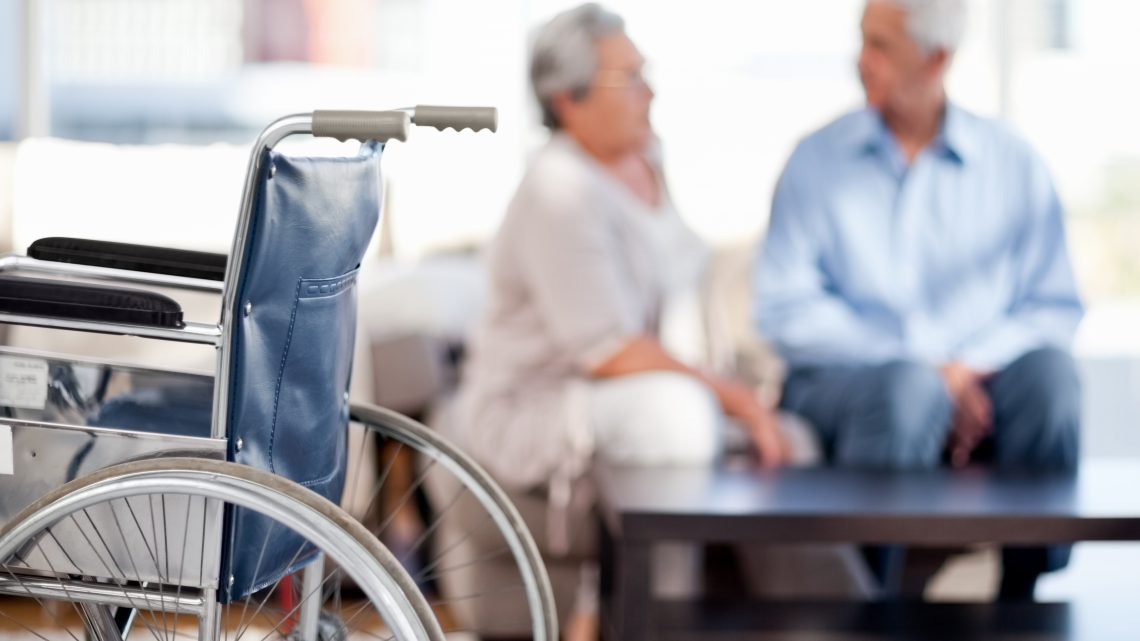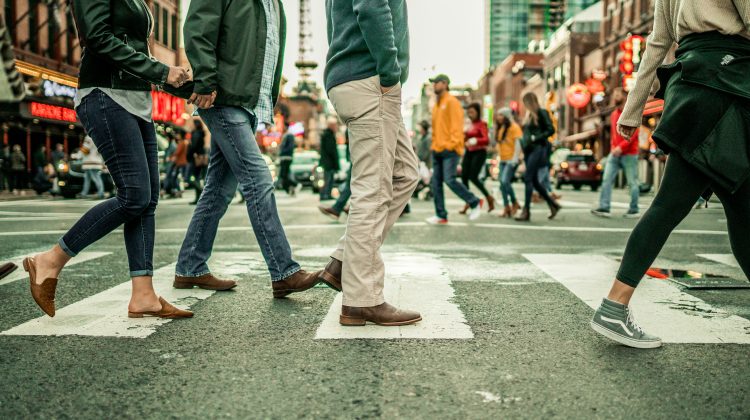The population of people aged 65 and older is increasing every year. This age group is considered the fastest growing worldwide and has grown over 34% within the past decade. With the elderly population rapidly growing, the proportion of injuries amongst this age group is rising. One of the most common accidents that this age group is susceptible to is falls. Falls can prove fatal, and below we talk about the consequences of these accidents.
Falling Accident Facts
Below are some facts from the CDC regarding falling accidents and the elderly population:
- Amongst older adults, 1 out of 4 fall each year, and falling once increases the chance of falling again.
- 1 out of 5 falls was found to cause a serious injury, such as a head injury or broken bones.
- 3 million elderly people are treated each year for emergency fall injuries.
- Each year over 800,000 people are hospitalized due to a fall injury.
- Falling accounts for more than 95% of hip fractures.
- Falling is the leading cause of traumatic brain injuries.
What Are the Consequences of a Fall?
According to California nursing home abuse attorney, Joel R. Bryant, common fall injuries include:
- Head Injuries: Head injuries can range from concussions to serious brain damage. An elder on blood thinners has an increased risk of brain damage if they hit their head.
- Fractured Bones: Hip fractures are most common after a fall if the person falls on their side. A hip fracture can prove deadly as it increases an elder’s risk of death. A study found that 1 out of 3 adults aged 50+ dies within a year of fracturing a hip. Other common fractured bones include the pelvis, leg, arm, ankle, and wrist.
- Internal Bleeding: Internal bleeding can occur as the result of breaking a bone.
- Bruises and Cuts: Although bruises and cuts may not seem as serious as the other injuries mentioned above, they can lead to bedsores (pressure ulcers) which can become deadly. If bedsores are untreated, they can lead to blood infections.
- Psychological Effects: After one fall, many elders fear falling again. This fear is warranted as after one fall, the chances of falling again dramatically increases. This could cause the person’s physical activity to decrease, weakening their bones and muscles due to more infrequent use.
How to Prevent Falls
There are some ways to reduce the risk of falling and serious injuries:
- Make sure living spaces are clutter-free and have clear walking paths.
- Floors should be kept dry and not slippery. Rugs and carpets should be secured to the floor or have skid-proof backings.
- Stairs and rooms should be appropriately lit so as to avoid missteps.
- Supportive footwear with non-slip soles are best to wear to reduce falling accidents.
- Physical activity can also help reduce the risk of falling by improving mobility and balance.
- Regular eye exams and wearing the correct eyeglasses helps elders see their surroundings clearly. This helps in preventing trips and falls.
When an elder falls, it can severely decrease their quality of life and in some instances, prove fatal. The consequences of falling are serious, and necessary precautions should be taken to reduce an elderly person’s risk of falling.




No Comment